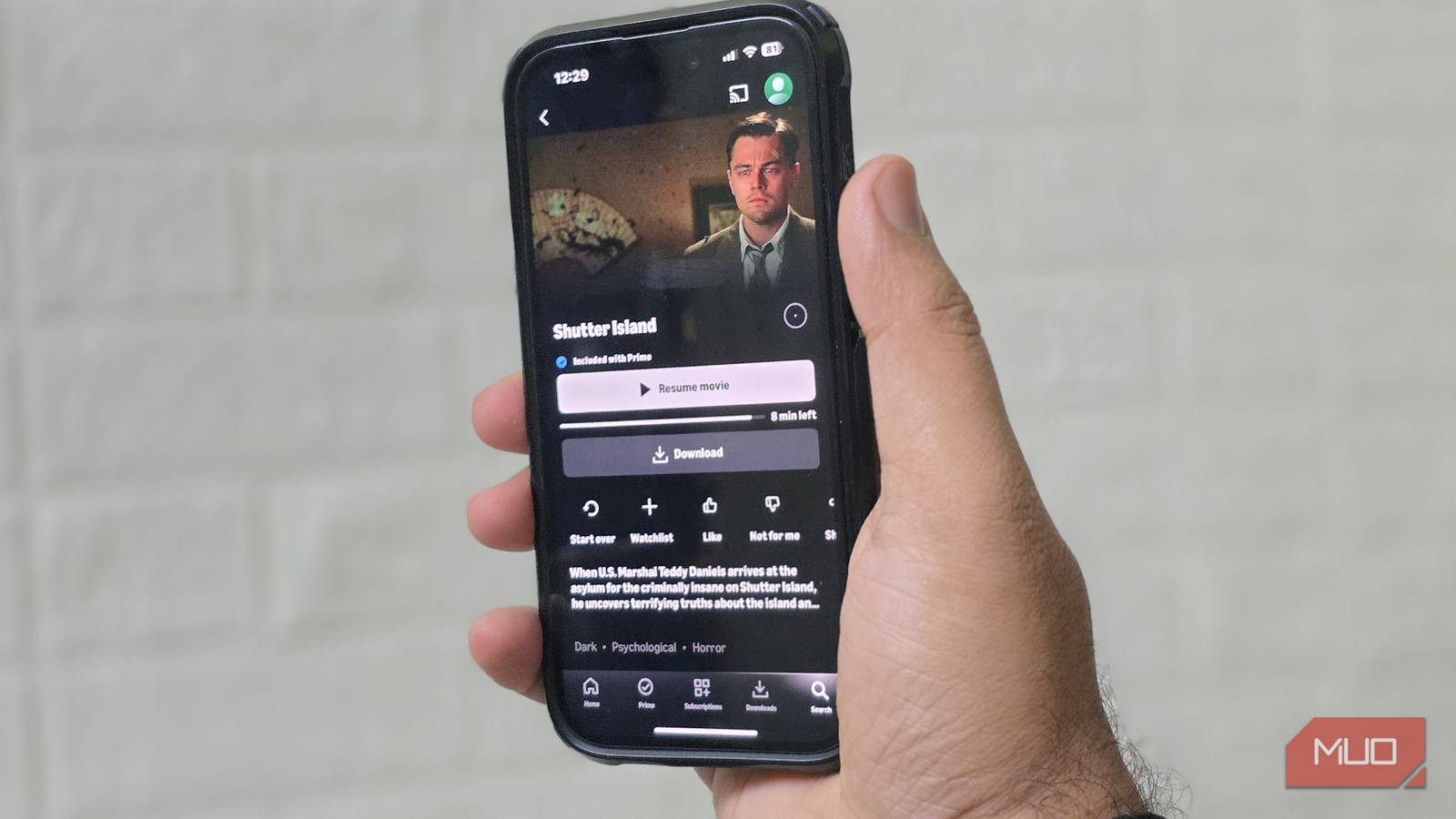Table of Links
Abstract and 1 Introduction
2 Previous Research
3 Course Description
4 Methods
5 Results
6 Discussion
7 Conclusion and Future Work, Acknowledgments, and References
2 PREVIOUS RESEARCH
Much of the prior work on pair programming in computer science education has studied its effects in introductory courses, where most students have little or no formal exposure to programming languages and paradigms. Furthermore, those students who do have prior experience come from a variety of backgrounds with various levels of competency and languages learned. Students in a pair programming group in such an introductory course can experience mixed results, often related to the differing levels of prior experience. For example, one large scale study conducted over two years in three different introductory courses (CS, information science, and humanities) at the University of Iowa found that “students who worked with a more experienced partner actually had poorer outcomes, including lower effort exerted on the assignment, perceptions that their partner gave more effort than they did, less time in the driving role (i.e., typing out the assignment), lower understanding of concepts from lab, and less interest in computer science overall” [5]. Another study found that women in an introductory CS course who were randomly paired on assignments found it beneficial to have “someone to ask questions and discuss ideas [with]”, especially before they would approach a TA, and that it “improves understanding” [19]. But several women in the same study also reported a feeling that they were “burdening their partner” due to less programming experience. Finally, the unknowns in how to best assign pair programming partners and how to navigate complex partner interaction has led some to propose automating the pair programming partner as a conversational agent that adapts to the user’s skill level [14]. While an exciting research direction, the ability of such an agent to solve complex problems as either the driver or the navigator is currently infeasible.
In regards to remote pair programming, a study of distributed team programming (with two to four students per team) in an upper level CS course between two universities, University of North Carolina and North Carolina State University, found no statistically significant productivity or quality differences between geographically distributed programming teams and in person teams [2]. A more recent work has studied the effects of leadership style and “pair jelling” in a remote and part-time educational setting, with a class of size 10, but did not investigate remote pair programming’s effect on grades or student outcomes [1]. Several recent small-scale studies have weighed in on remote pair programming. One, limited to six pairs, found that women use more non-verbal cues and prefer co-located over remote pair programming to feel connected [11]. In another, with four participants paired by a research team according to perceived confidence and experience, remote pair programming was “associated positively with feelings about communication skills and team-working, which may enhance employability” [10]. However, no quantitative work on the effects of pair programming was performed. In general, it has been suggested that much work remains to establish the effectiveness of remote pair programming on student outcomes, especially since it is increasing in utilization in both academia and industry [9].
3 COURSE DESCRIPTION
Data Structures is a 400-level course offered in the Department of Computer Science and Engineering at a large, public university. The course textbook was Data Structures and Algorithms in C++ (2nd Edition) by Goodrich, Tamassia, and Mount. Course materials were taught primarily through live coding, lectures, and small group discussion. Students received 150 minutes of instruction per week, with access to the professor, teaching assistants, and peer leaders [7] outside of contact hours. Data Structures was offered in person, with code and lecture recordings available for those who were unable to attend due to quarantine or other health-related reasons.
During the 2021 fall semester two identical sections of Data Structures were taught by the first author, one of which utilized pair programming (section 1) and a control group which did not (section 2). The pair programming section had 62 students (20 of whom were women) who were randomly assigned the same pair for all four graded assignments. The second section had 45 students (4 of whom were women) who completed each assignment individually.
During the second week of the semester, before any programming projects were assigned, the instructor taught object-oriented design concepts through a week-long live coding project. In this way, a form of pair programming was demonstrated to students, with the instructor as the driver and the class collectively as the navigator. In pair programming, the driver types the code while the navigator develops or modifies the flow of logic, suggests corrective, perfective, or refactorative maintenance, and encourages. Both the driver and the navigator participate real-time by watching the same screen, in person or remotely via screen sharing. Prior to beginning the first assignment, students in section 1 were instructed to read a document on pair programming best practices [18].
Authors:
(1) Zachariah Beasley, University of South Florida, Tampa, Florida, USA ([email protected]);
(2) Ayesha Johnson, University of South Florida, Tampa, Florida, USA ([email protected]).











